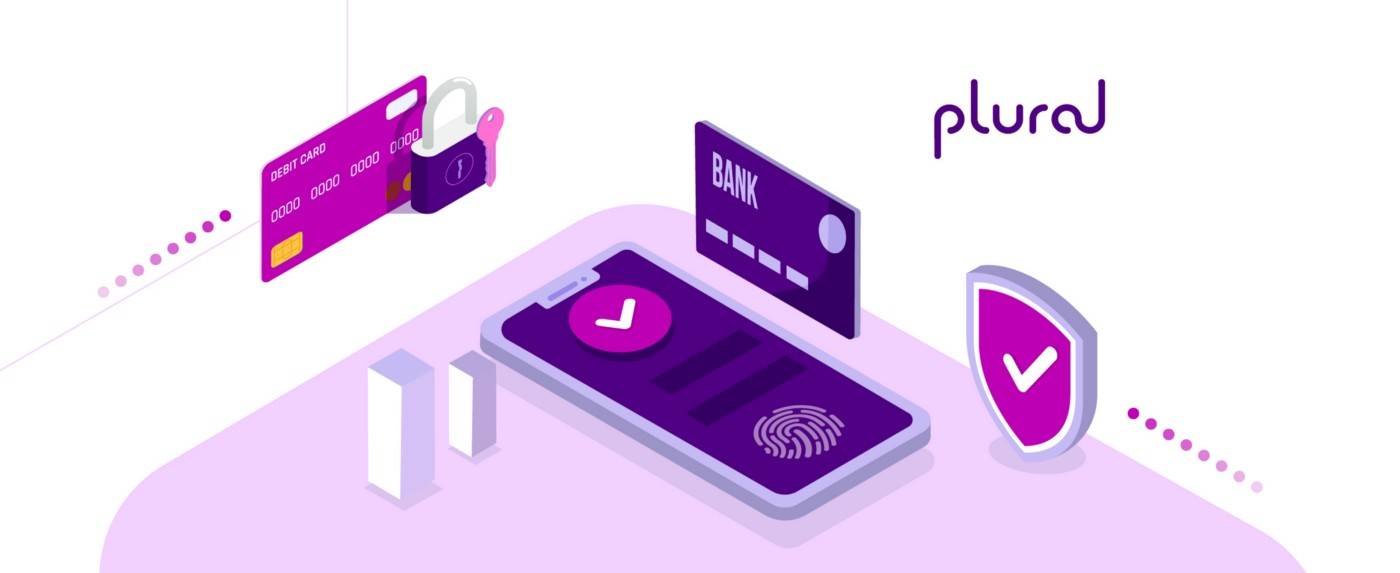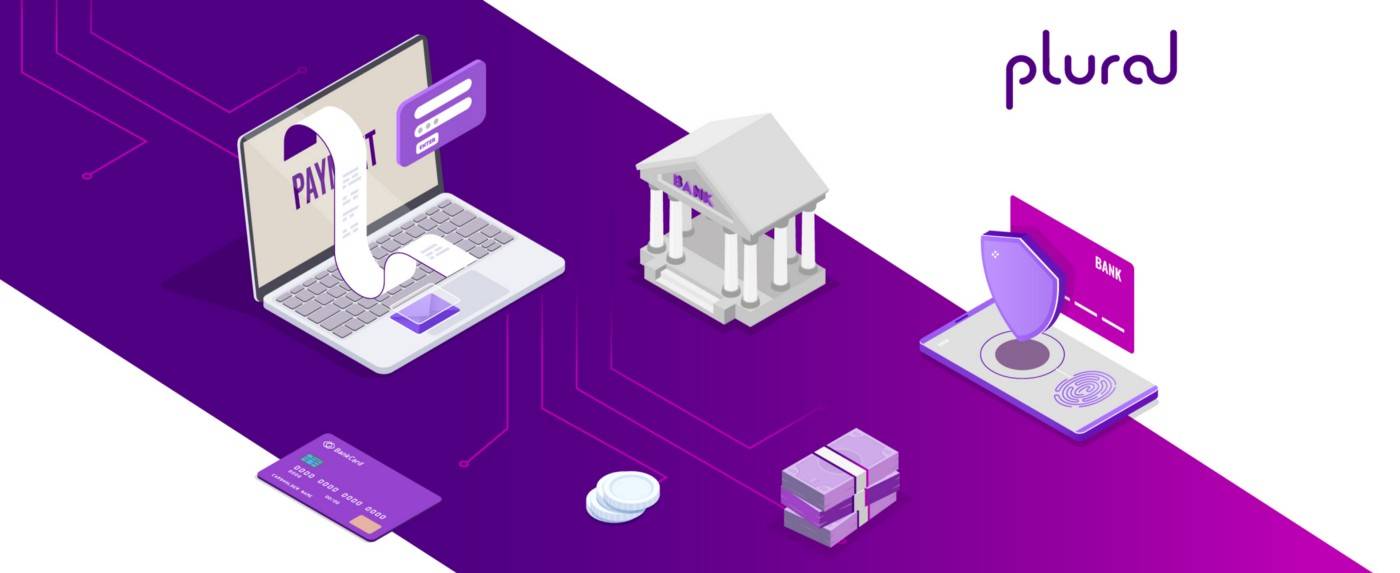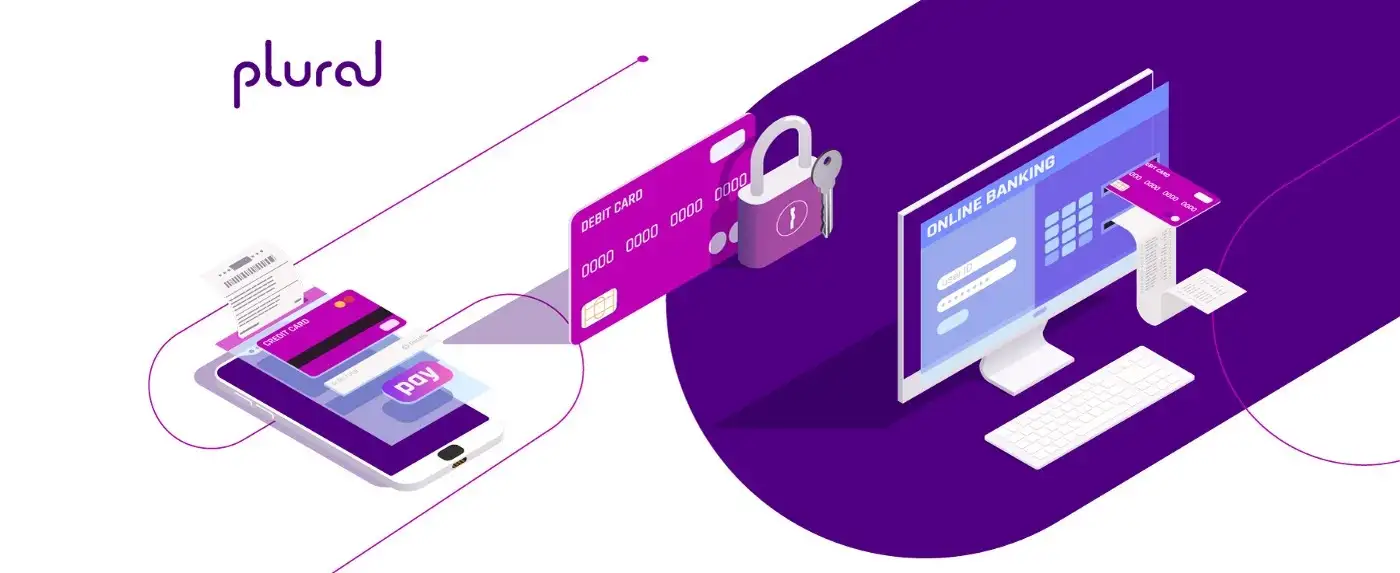When the National Payments Corporation of India (NPCI) launched the Unified Payments Interface (UPI) system in 2016, real-time payments became a reality in India. Businesses and individual consumers could make and receive instant payments with a few clicks. This was a game-changer for the payments industry, and today, instant payments have gained immense popularity.
The volume of UPI-based digital payments in the financial year 2023 touched 83 billion, a significant jump from 45 billion in the financial year 2022. Between 2023 and 2030, the value of instant transactions is predicted to grow by 289%.
This blog deconstructs the impact of real-time payments on businesses and customers. We also explore how businesses can ensure seamless, instant payment without the threat of security breaches.
What are real-time payments?
Real-time payments are transactions, which are initiated between bank accounts, cleared, and then settled within a matter of seconds. This is why they are alternatively referred to as instant payments.
Such payments can be initiated at any time, including weekends and holidays. They can be initiated from consumers to consumers, from businesses to consumers, consumers to businesses, and businesses to businesses. They bring convenience, transparency, and security to transactions and hence have gained popularity over the last few years.
The growth of mobile usage, reduction in internet data rates, and innovation in internet payment technologies have also played a major role in boosting the growth of real-time payments.
Now, let’s understand the impact of real-time payments, especially for businesses.
Six benefits of real-time payments
A snapshot of how instant payments are transforming businesses:
1) Boost in business cashflows
As more customers and clients make instant payments, businesses can collect payments for goods and services in advance and fire up their cash flows. They can be less dependent on credit products, like loans, to fund their daily operations and inventory needs, thus reducing operating costs.
2) Enhanced payment tracking and transparency
Both customers and businesses can track real-time payments at every step of the way, thus increasing transparency and customer trust. For instance, both parties receive notifications via email and SMS, thus keeping them informed of the payments cycle every step of the way.
3) Improved vendor relationships
Businesses are dependent upon vendors to source raw materials and finished products. By making real-time payments, they can ensure on-time delivery of supplies and inventory for their business needs. This facility is especially helpful for international vendors, where delays in payments can reduce vendor trust, thus also resulting in delayed deliveries.
4) Automation brings convenience
One of the top advantages of real-time payments is its convenience in the payment process. Customers need not log into their bank accounts every time they make a payment. They can also make payments via their go-to mode of choice – whether it is through credit cards or debit cards. However, not all businesses can offer multiple methods seamlessly.
5) Reduced costs
Instant payments are more cost-effective than writing checks, overdrafts, and wire transfers. These traditional payment methods took more time to process, which resulted in an opportunity cost for businesses. With real-time payments, businesses can serve many more customers at a time and scale up their business quickly.
6) Drive revenues and profitability
As more customers leverage the benefits of real-time payments, they can purchase more goods and services as per real-time needs. This shift has led to more consumers proactively opting for instant payments rather than dealing with the hassles of the cash-on-delivery mode.
Savvy businesses can build upon this foundation of customer trust and the urgency to have their needs met. They can capitalize on this opportunity to drive up revenues and, in turn, profitability.
How to facilitate real-time payments
One of the most secure and convenient ways for businesses to collect real-time payments is by integrating a secure payment gateway into their digital shopping platform.
A payment gateway is a technology service through which customers can make real-time payments to businesses. This network connects customers, businesses, and banks. It is like a digital version of a point-of-sale terminal in an offline store, except that this is in a virtual environment.
This payment innovation comes with several advantages for businesses:
- One of the top advantages is that real-time payments can be collected securely via a single, unified platform in a customer’s payment mode of choice. There’s high trust in keeping financial credentials secure. Customers need not input the credentials every time they shop; this reduces time and effort during the payment process.
- A superior gateway offers affordability options like Buy Now Pay Later and Equated Monthly Instalments (EMIs) at the point of sale. This feature helps businesses capture higher market share and increase the ticket size of customer spending.
- Businesses can build custom branded pages, which increases customer trust. This feature is even more relevant for customers purchasing when visiting a merchant’s shopping app or website for the first time.
- UPI autopay allows subscription businesses to receive secure, on-time payments.
- With more customers looking to shop via social media and messaging apps, businesses with a payment gateway can generate payment links, thus turning these engagement platforms into a point of sale.
Even without a payment gateway, WhatsApp DeepLinks by Setu allows businesses to collect UPI payments instantly on WhatsApp.

Final thoughts
The adoption of instant payments has risen in the contemporary world. For businesses, it means better cash flows and the potential to build high-trust customer and vendor relationships. It offers customers a transparent, credible, flexible, and inclusive consumer experience, thus benefitting all stakeholders.
Plural Gateway, a comprehensive payments solution, enables real-time payments using various payment modes. Our unified interface offers a credible, hassle-free payment experience to customers. Our gateway also has the Affordability Suite baked in so you can offer Brand EMIs, low cost and no-cost EMIs, and make big ticket items affordable for your customers.
Besides these features, secure payments are a top priority. Our gateway is backed with industry-standard security systems to protect customer data.
With Plural Gateway, businesses can access a hassle-free integration experience and round-the-clock tech support. To learn more about our gateway, reach out to us.
Plural by Pine Labs has received an in-principle authorization from the Reserve Bank of India (RBI) to operate as a Payment Aggregator.

Amrita Konaiagari is a Marketing Manager at Plural by Pine Labs and Editor of the Plural blog. She has over 10 years of marketing experience across Media & Tech industries and holds a Master’s degree in Communication and Journalism. She has a passion for home décor and is most definitely a dog person.



